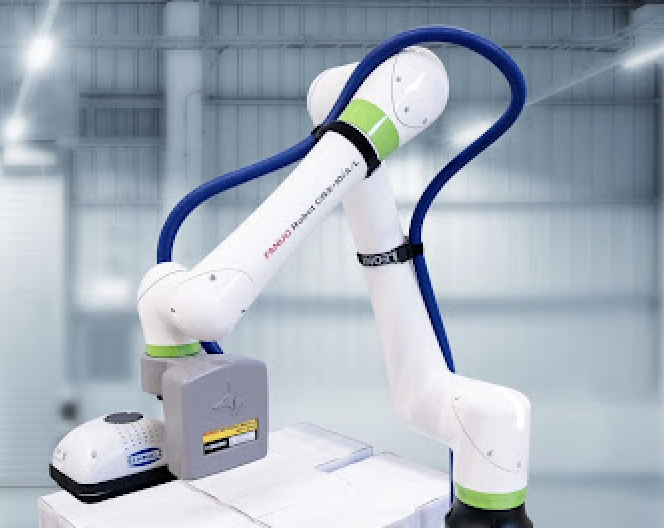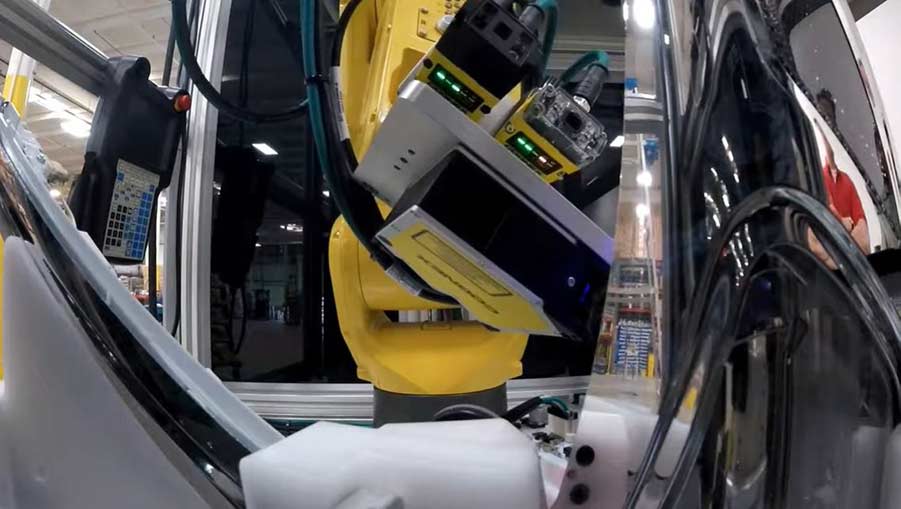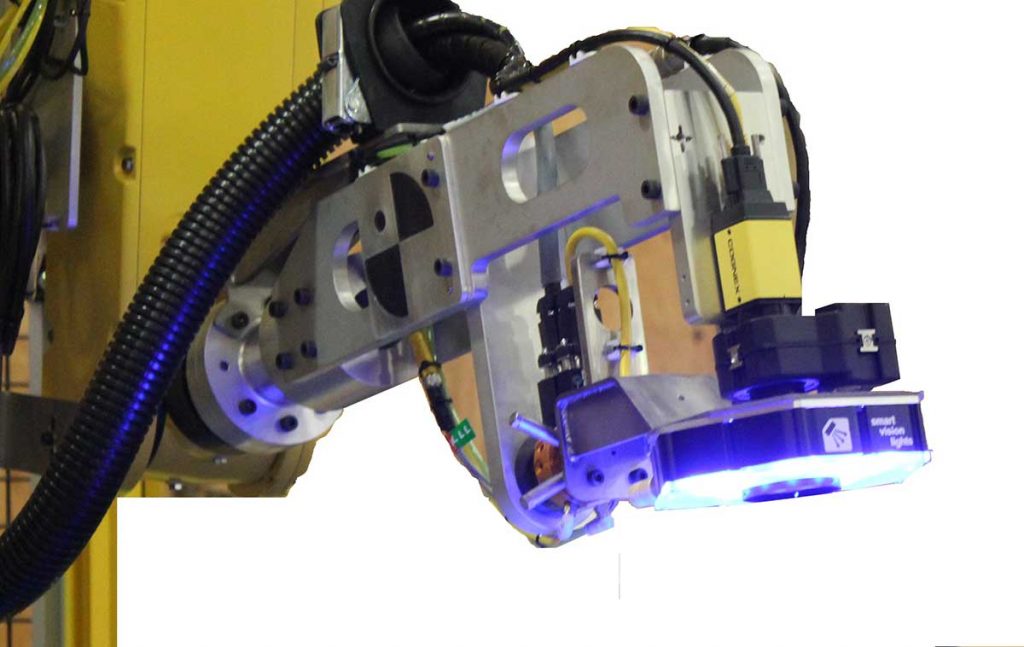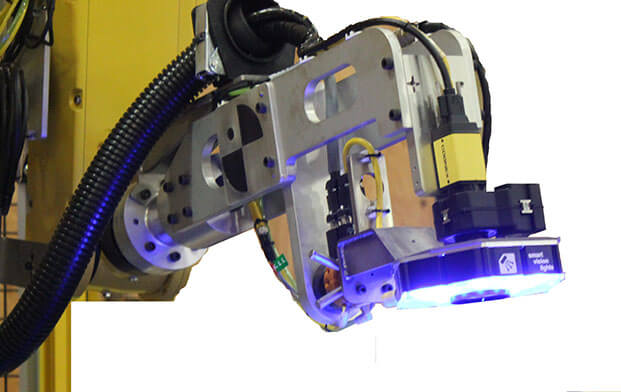Lighting Challenges in Robotic Machine Vision Applications
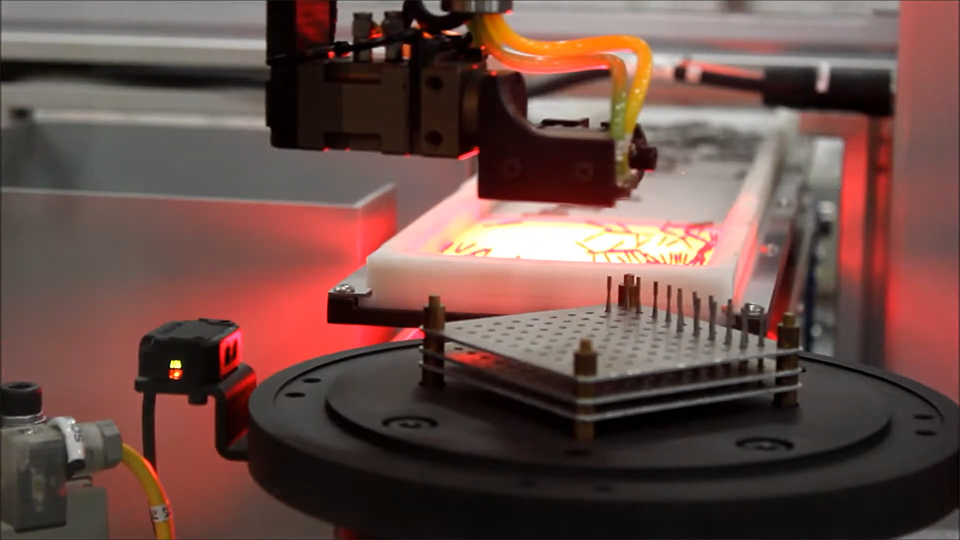 Machine vision has revolutionized industries by equipping robots with the ability to perceive their environment, identify objects, and make interpretive function decisions. The success of these applications heavily relies on accurate and reliable image capture. Lighting plays a pivotal role in achieving this goal. It is important to consider the challenges posed by lighting in robotic machine vision applications and explore strategies to overcome them.
Machine vision has revolutionized industries by equipping robots with the ability to perceive their environment, identify objects, and make interpretive function decisions. The success of these applications heavily relies on accurate and reliable image capture. Lighting plays a pivotal role in achieving this goal. It is important to consider the challenges posed by lighting in robotic machine vision applications and explore strategies to overcome them.
The Significance of Proper Lighting
Effective lighting is the cornerstone of successful robotic machine vision applications. It directly impacts the quality and clarity of images captured by cameras, which are the primary source of information for robots. Without proper lighting, images can be underexposed, overexposed, or full of shadows, glare, reflections, or highlight part geometry that confuses the vision tools. These issues can lead to misinterpretation of data, resulting in faulty object recognition and incorrect decision-making.
Common Lighting Challenges
Shadows can obscure parts of objects and hinder accurate recognition. In industrial settings, uneven lighting conditions can lead to inconsistent robot performance, potentially causing production delays and errors.
Glare can be a problem when metallic or glossy surfaces reflect light. Glare and reflections make it difficult for cameras to distinguish between the reflective surface and the actual object. This can lead to false positives or negatives in object detection.
Low light conditions can result in distorted images with poor contrast, reducing the accuracy of object recognition algorithms. Low light conditions can also slow down image processing and increase the risk of misclassification.
Dynamic environments where lighting conditions change due to factors like moving objects, varying daylight, or changing lighting are common for machine vision robotic applications. Adapting to these changes in real-time is a challenge.
Color accuracy is highly dependent on proper lighting conditions. For instance, an object that appears red under one light source might appear orange under a different source. This can affect the accuracy of color-based object recognition.
Strategies to Address Lighting Challenges
There are a variety of tricks that can be used to answer lighting challenges, which are sometimes referred to as the ‘black magic’ in machine vision.Testing different approaches is key. Testing can be a complicated and time consuming process, but a much better time investment than paying for downtime and mistakes later.
- Ensure consistent lighting across the field of view by using diffused lighting sources, such as soft LED panels, to minimize shadows and reduce glare.
- Light polarizers can be placed on both the light source and the camera lens to align the light waves and reduce glare.
- HDR imaging techniques capture a wider range of light intensities. Allowing cameras to capture details in both dark and bright areas helps in situations with extreme contrast.
- Implement adaptive lighting solutions such as sensor lights that adjust in real-time based on environmental changes.
- Use lighting sources that emit different wavelengths of light to provide more information about the objects being captured, aiding in better differentiation and identification.
Remtec Offers Experience and Expertise in Robotic Machine Vision Installations
Addressing lighting challenges is a critical aspect of ensuring the accuracy, reliability, and efficiency of robotic machine vision applications. The Remtec team is your knowledgeable partner for designing and integrating machine vision robotics. As an Authorized Systems Integrator for FANUC and a Certified Systems Integrator for Cognex, Remtec is available to assist both new and experienced robot users with stand-alone or integrated machine vision inspection systems. We also have accreditation as a FANUC Certified Vision Specialist.
Our team will meet all project needs, from system design and development to installation and training. Contact us to discuss your process.

